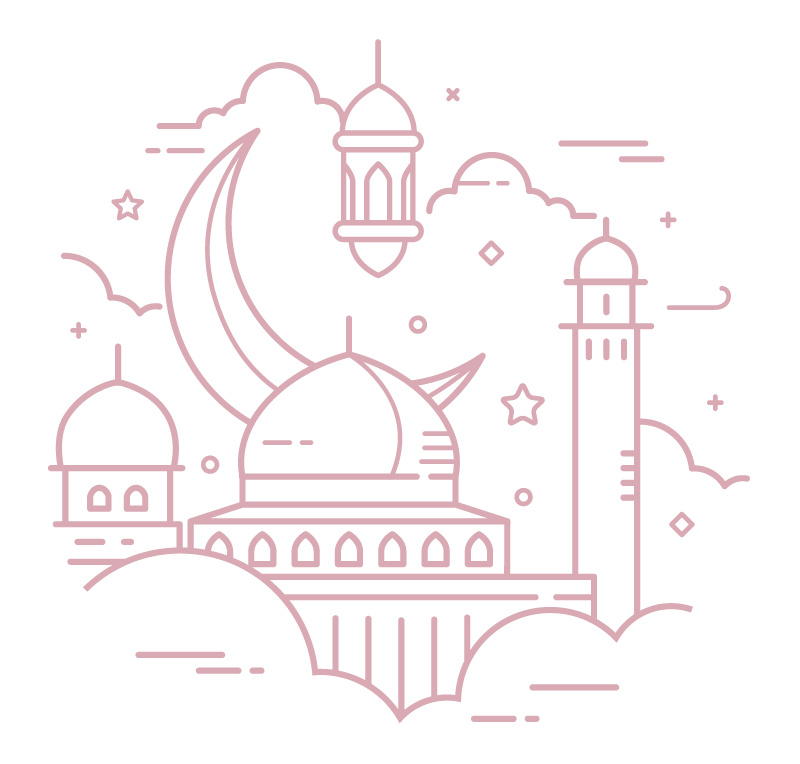
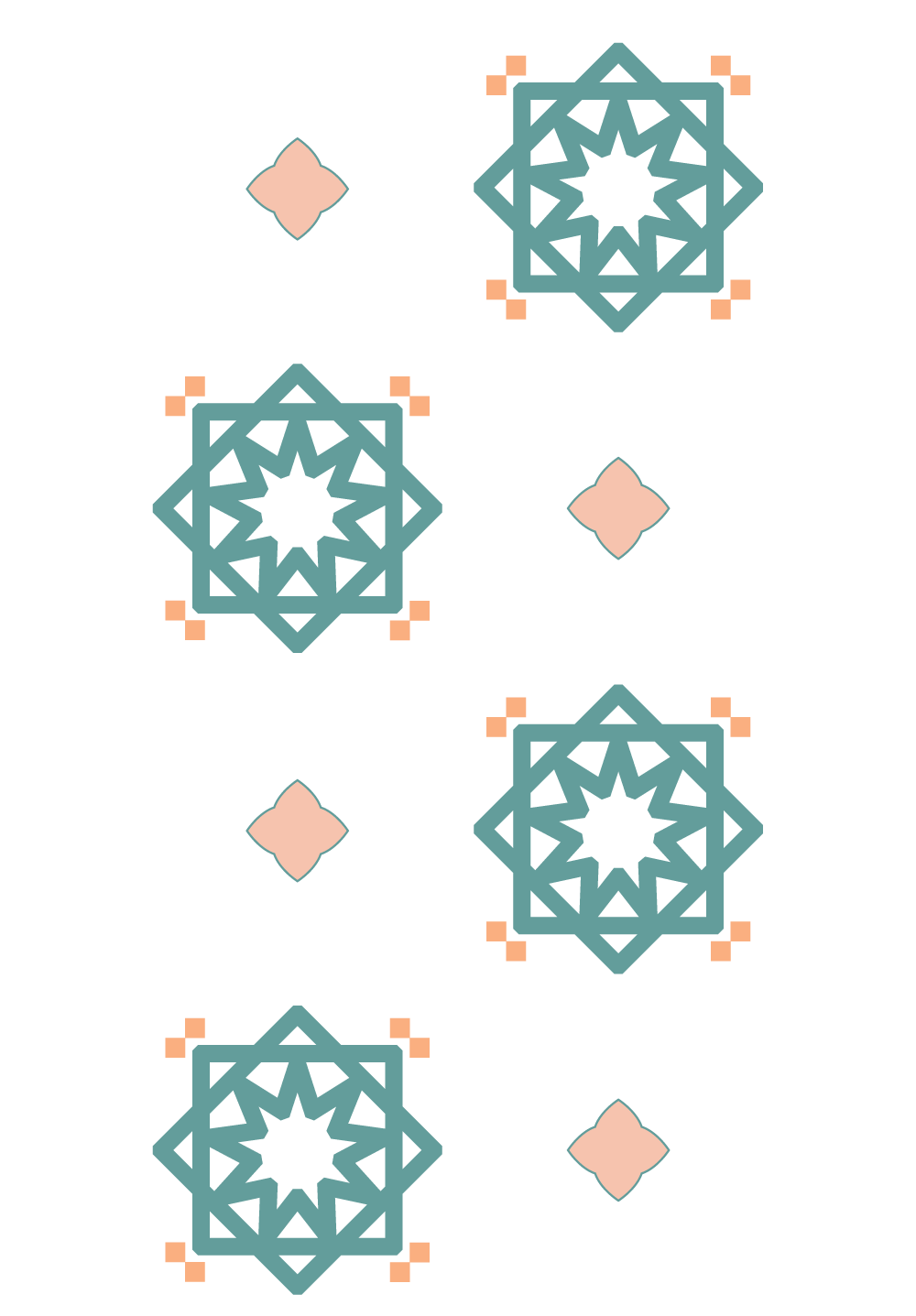
Before its renaissance and urban expansion, the UAE’s areas were divided to several neighbourhoods called ‘Firjan.’ This is the plural of the word ‘Freej,’ which is a small residential zone, in which homes are so close and all residents know each other, and act as one big family. It’s this word that gives us the name of our portal, as Freejna means ‘Our Neighbourhood’ in Arabic. This used to give each religious or social occasions such as the Holy Month of Ramadan, special feelings and flavours.
So, what was the traditions, the religious and social rituals that gave the old days of Ramadan in the Freej its special atmosphere?
This is what we will now learn…
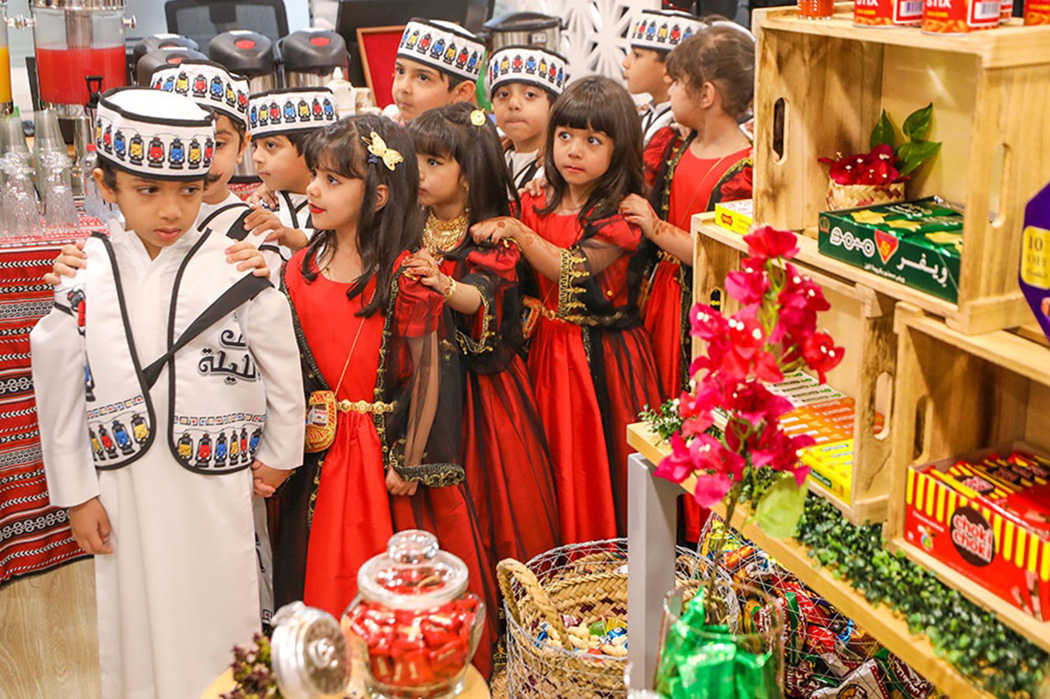
Celebrating the night of the middle of Sha’ban, which is called ‘Hag Al Lailah’ is one of the most important preparation to welcome the Blessed Month of Ramadan. On this night families would prepare baskets of sweets and nuts to distribute to the neighbourhoods’ children, who would dress up and move between the homes in the neighborhood while singing to their owners. In return, the homeowners would give them delicious nuts and sweets. The children would take them and thank them in return.
Few days before Ramadan, markets will be stuffed with many goods such as rice, dates, grains, meat, fish, spices and flour, which is the most required goods during Ramadan. Women collected and prepared food for their families and neighbours, while allocating portions for the needy in their Freej.
Cleaning and preparing mosques were an important part of Ramadan’s preparation as well. Young people in the the Freej cleaned and perfumed the mosques, and re-arranged the prayer areas to accommodate more worshipers. They also marked out areas to serve food as most of the worshipers preferred to break their fast in the mosque, and to have their first Suhoor meal there as well, as it was a special rite that cheered them greately. One person has the job of waking up everyone before Suhoor in the Freej. This is the Mosaharati, or ‘Abu Tobilah’ in the Emirati dialect, whose duty was to wake up the people of the Freej for their Suhoor meal. This meal usually contained dates, yoghurt, thin bread called Rogag, or rice soaked in milk, and also water.
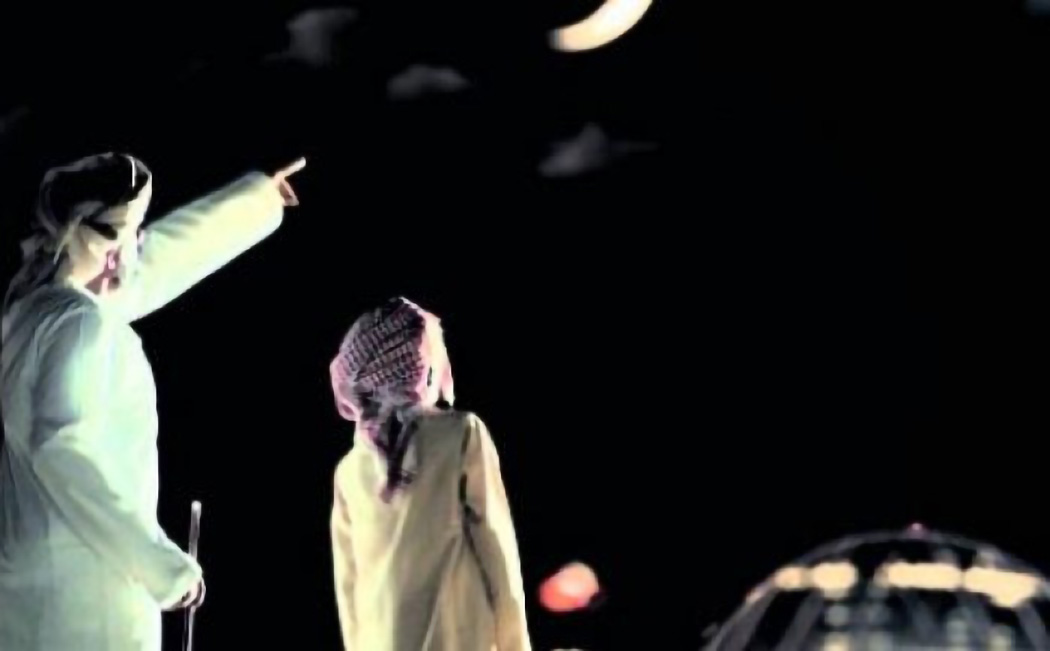
Due to the lack of technology at the time to help sight the crescent moon at the start of Ramadan, the people of the Freej chose young sharp-eyed men (used to call Al Shawaf) to sight the crescent, by going to high and faraway areas out of the city, to sight the crescent. Once these men saw it, they returned to their Freej to let them know the Month of blessings and mercy had begun. People who lived in the mountains also used to observe Ramadan’s crescent moon. Once they saw it, they lit huge fires to let others know as well.

Having Iftar meal on the first day of Ramadan in the grandparents' or the elderly’s house, is one of the most important and original traditions that Emirati families continue to practice. This family gathering can be a smaller version of the old days’ gatherings, when all families of the Freej used to have their first Iftar meal together. Each family would bring their food to share it with the rest of the families in the Freej. This was because Ramadan was a time to resolve issues, end disputes, and reconcile quarrels, especially when everyone sat at the same table together in one of the Freej houses.
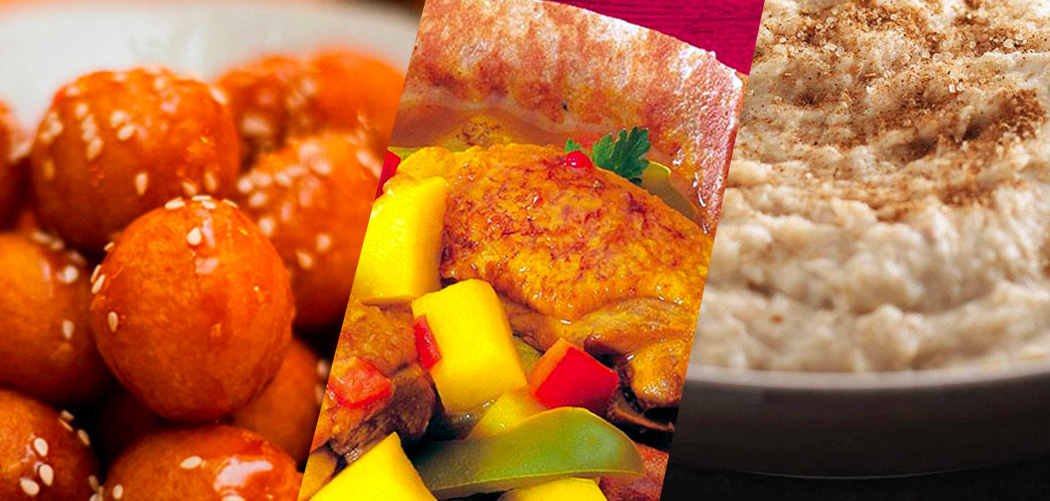
Ramadan’s feast is famous for including some of the most delicious food recipes and drinks. Like today, Ramadan’s feast in the past had many plates that are favourites to fasters, such as Harees and Threed, as these plates are easy to digest. Ramadan’s sweets such as Loqaymat (sweet dumplings) Sagoo (kind of a pudding) and Ferney (Rice pudding) were a must on any Ramadan feast. People also used to break their fast with some dates and water, following the steps of the prophet Mohammed, Peace Be Upon Him.
Distributing food and exchanging plates between neighbours might be one of the most beautiful traditional habit that took place in the Emirati Freej during Ramadan, as once the Magreb prayer time is close, children in the Freej will spread all around the area distributing Iftar plates to neighbours and the loved ones. This is considered one of the most beautiful signs of sharing, collaborating and tolerance in the Freej in the past. Women who used to cook for their families and share food with others, were described as, ‘the one who is maximising her pot,’ because she was cooking so much food that it was enough for everyone.
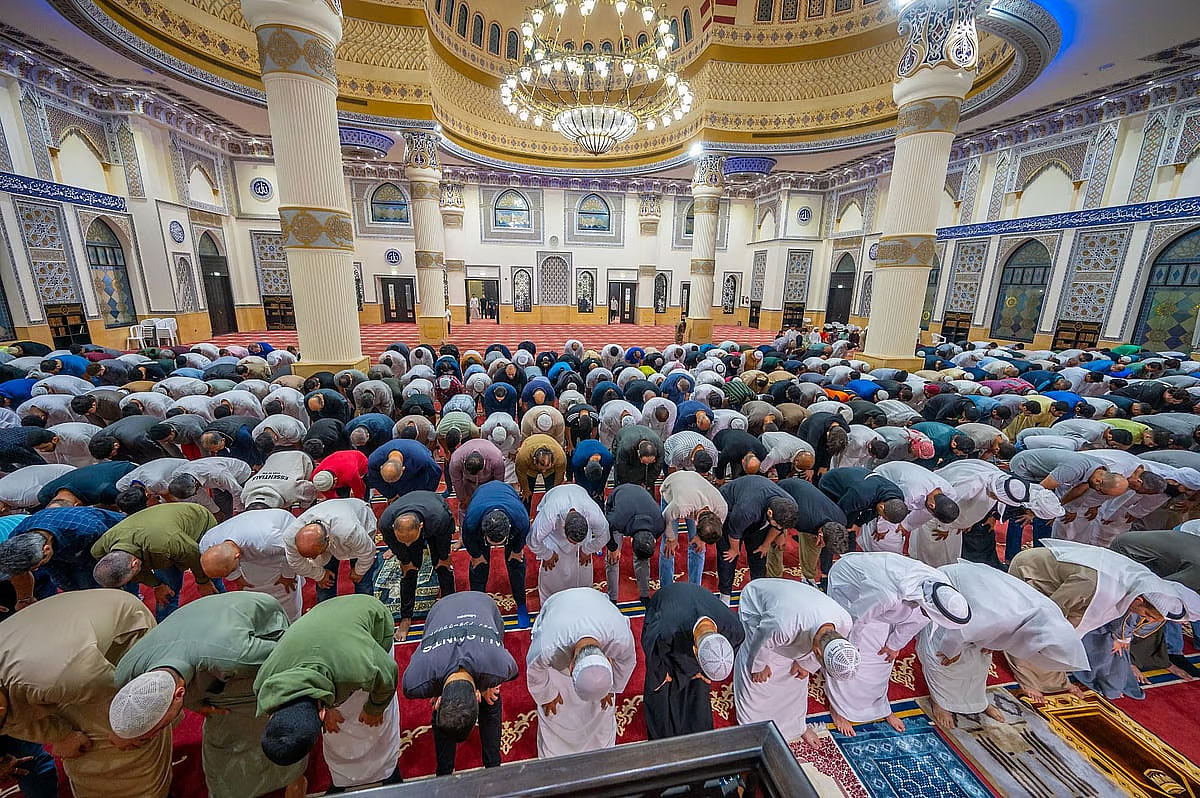
The Holy Month of Ramadan has been famous for its religious and social rituals such as reading and finishing reading the Holy Qur’an, committing to attend all the prayers in the mosques, especially the Taraweeh prayers, as men used to go to the Freej’s mosque directly after Iftar. Sometimes, women would go with their Mahram (Guardian) to Taraweeh prayers as well. However, most of them preferred to pray at home with their daughters and other female relatives.
After Taraweeh prayers, people of the Freej used to sit together for entertainment and conversation; staying up late at night being one of the traditions of Ramadan. Children gathered in the street to play traditional games, with each of these games having their own traditional songs, and women gathered to sew and make burqa’a (traditional women’s face mask), while men met in the Majils to talk, visit relatives and check on people of the Freej who are in need. Later on, they slept for few hours before being woken up, along with children too young to fast, by the voice of Al Mosaharati, to have their Suhoor meal. Then they would go with their fathers to attend the Fajer prayers, and prepare for another day of fasting.